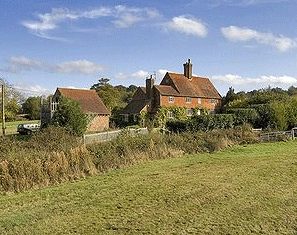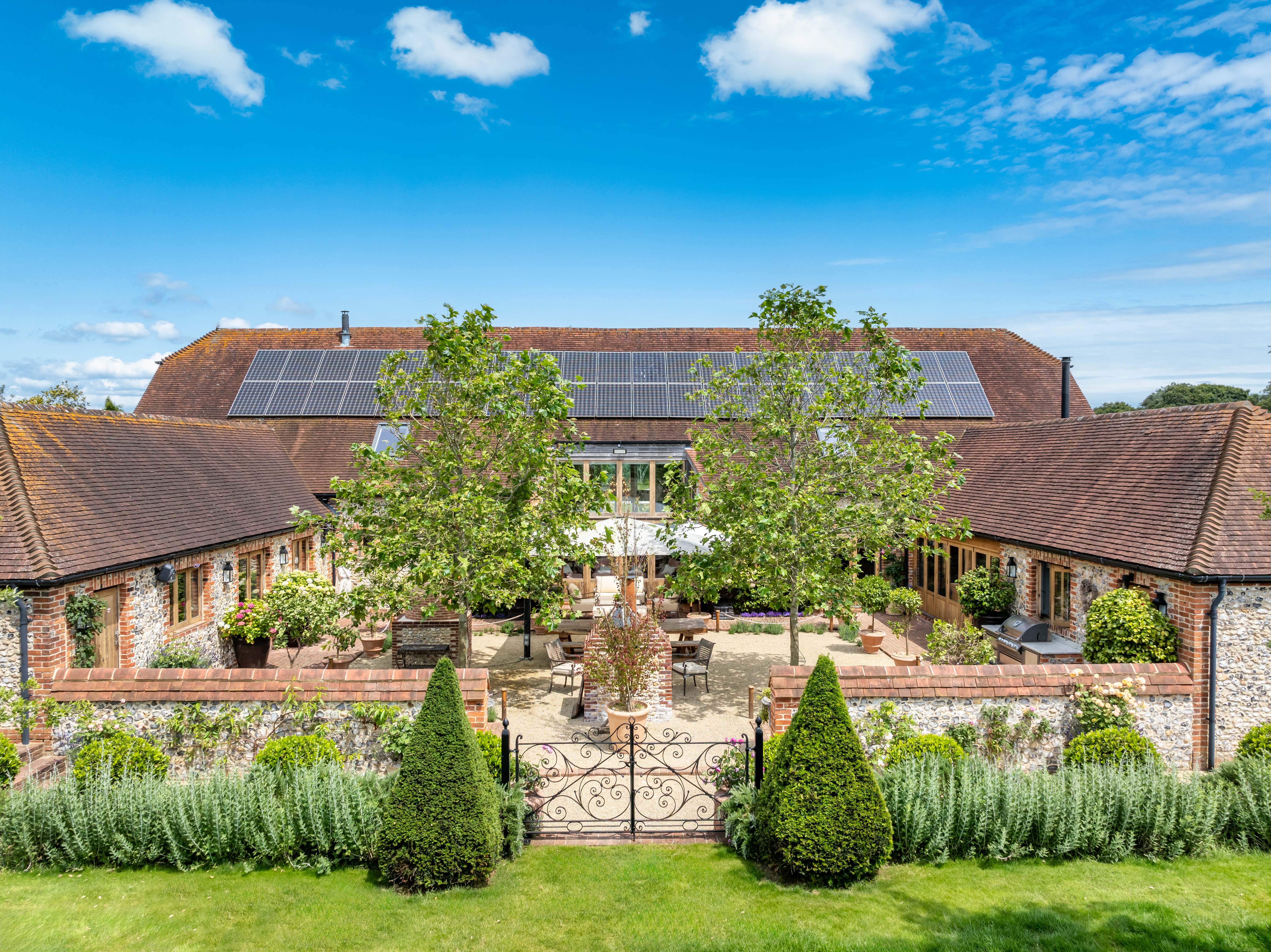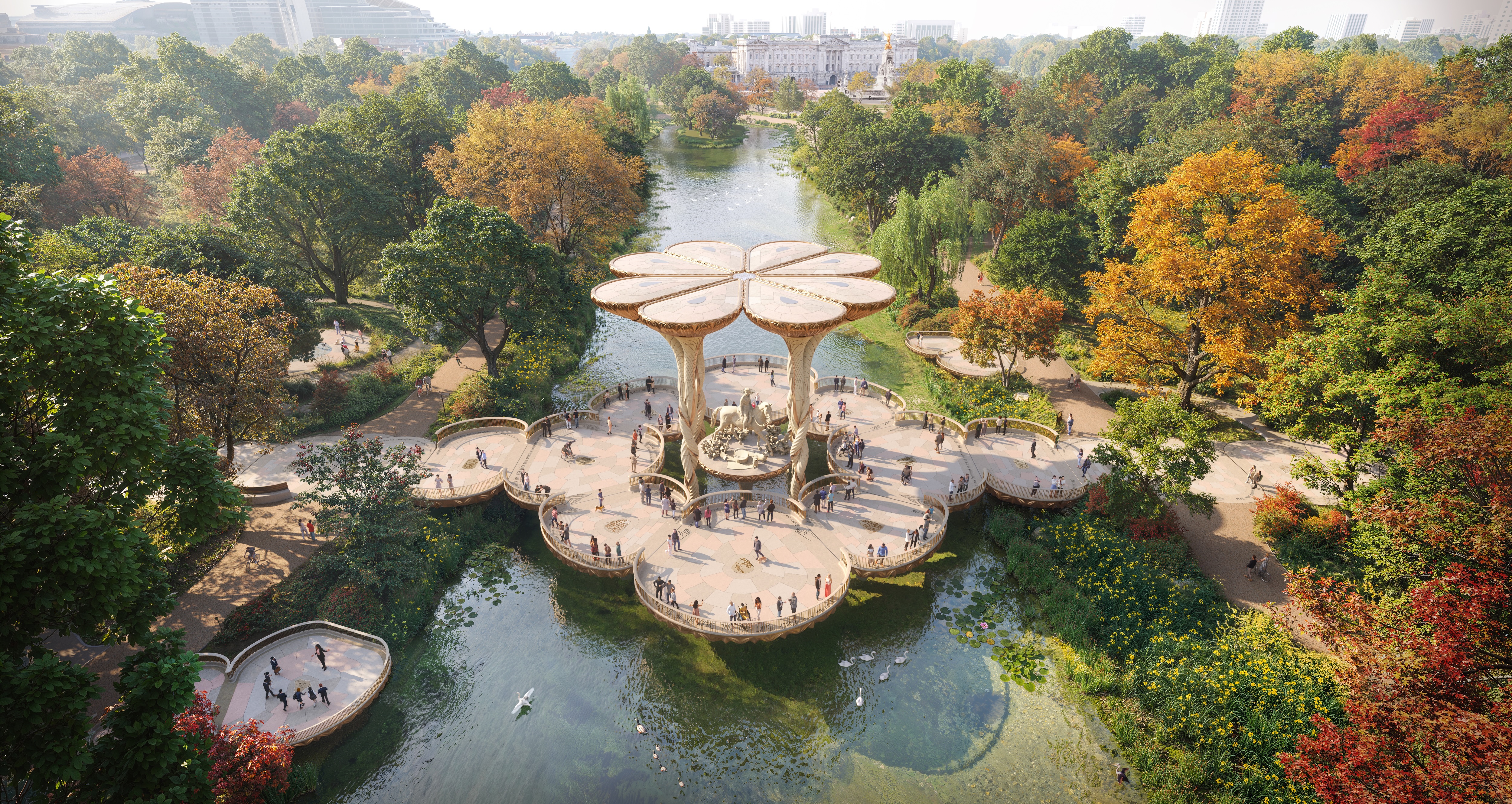Medieval farmhouse in Kent with links to the Boleyns
A Kentish farmhouse with links back to the Boleyn family is the latest property to be investigated by the House Historian

Fosters Farm has sat within the heart of the Kentish countryside since the late 15th century. Today, it is Grade II listed and currently on the market with Chesterton Humberts, but setting our minds back through the last 500 years, Fosters Farm has seen a great many changes since it was first built. The house was formerly owned by Henry Carey, nephew of Anne Boleyn and son of Mary Boleyn, and possibly the illegitimate son of Henry VIII.
When first built, Fosters Farm was constructed as a medieval hall. The early occupants are difficult to identify, but at this time the house was part of the manor of Bidborough, owned by the Palmer family. It later came into the hands of Sir Ralph Vane, who was found guilty of high treason in 1551 and hung at the Tower of London in 1552. The estate passed to the Crown and when Elizabeth I came to the throne the manor was passed to , Lord Hunsdon, the Queen's cousin (and possibly half brother).
During the 17th century, the manor passed to the Smythe family, where it remained until the late 18th century, however, at this time Fosters Farm was sold. The land tax records show that in 1780 the farm was owned by Thomas Constable and it is thought possible he owned it before this time. By 1790 the farm house and land was sold to William Crundell and occupied by farmer, James Godwin. The Crundell (sometimes Crundwell) family continued as the land owners into the 19th century, however the occupants of the farmhouse changed and by the early years of the 19th century, it was the home of the Foster family - and it is from here that the farm
gained its name.

* For more properties like this every week, subscribe and save
The Tithe records, as well as the 1841 census, show Lawrence Foster, 72 years old, in the house with his wife Elizabeth, 63 years old and their 25 year old unmarried daughter, Jane. The census also records that Lawrence Foster was the farmer of 53 acres and employed four labourers.
During the mid 19th century there were some changes in the ownership of the farm and house after Thomas Crundwell passed away. Large parts of the estate passed to John Deacon of Deacon's bank, a large bank with offices in London and the North East of the country, simply know as ‘John Deacon's Bank'.
Sign up for the Country Life Newsletter
Exquisite houses, the beauty of Nature, and how to get the most from your life, straight to your inbox.
By the late 1840s, early 1850s, Fosters Farm became home to the Rogers family, who remained in the house through to the 1880s and also succeeded in increasing the size of the farm to over 100 acres. Throughout these years and into the early 20th century the ownership of the farm remained with the Deacon family. By around 1910 the land had passed to John Deacon's grandson, John Francis William Deacon, however, after his death, in 1941, the estate was in the hands of trustees.
After World War II, the farm was sold to the Vizard family, who were first recorded at the house in the early 1950s and since then it has continued in the same family to this day.
Fosters Farm has changed a number of times since the late 15th century, with substantial additions and alterations made during the 16th and 17th centuries. It retains many historic features including 16th and 17th century timber beams, as well as 17th century oak stairs and fireplaces.
* More about Fosters Farm
* See the full history of the house
Country Life is unlike any other magazine: the only glossy weekly on the newsstand and the only magazine that has been guest-edited by HRH The King not once, but twice. It is a celebration of modern rural life and all its diverse joys and pleasures — that was first published in Queen Victoria's Diamond Jubilee year. Our eclectic mixture of witty and informative content — from the most up-to-date property news and commentary and a coveted glimpse inside some of the UK's best houses and gardens, to gardening, the arts and interior design, written by experts in their field — still cannot be found in print or online, anywhere else.

